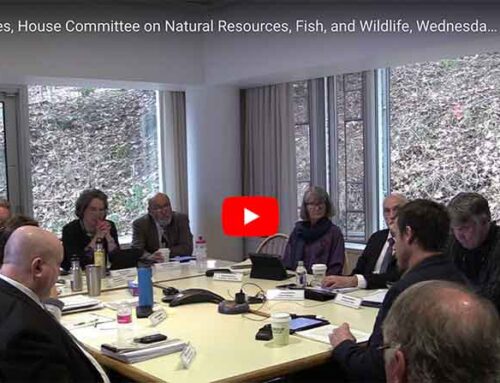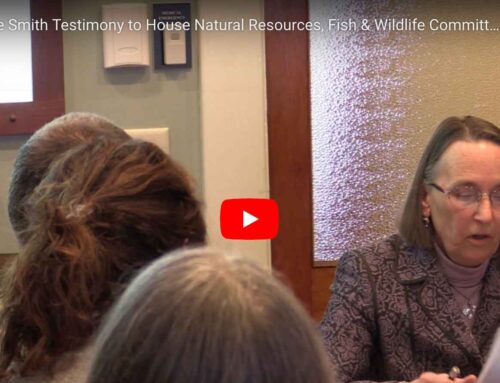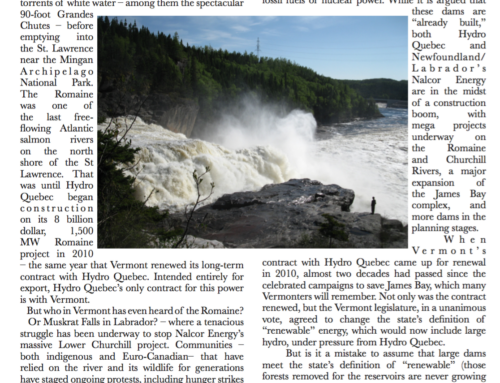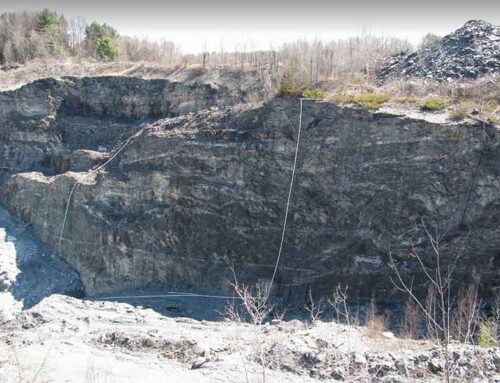Where Does Your Garbage Go?
As a young man I used to bring my worst trash to Charlie Nadeau’s Dump in Coventry in northern Orleans County. The 13 acre unlined dump was located on the edge of an extensive wetland and the Black River which form the headwaters of Lake Memphremagog flowing north into Quebec. I would return home thinking, “I am helping to poison a river.” I was part of the problem.
Fast-forward fifty years. We have become a throw-away society. The waste stream is larger, and carries new compounds of toxic chemicals, harmful to human health, which persist in our environment, unable to break down. Plastics are ubiquitious. Our understanding of how to handle and recycle waste has also changed. What has not changed in Vermont is the location of the Coventry site which has morphed into a 78 acre mega-landfill operated by Casella Waste Systems, Inc.
It is the only permitted landfill remaining in Vermont, all others having closed. As such, it is the repository for 70% of Vermont’s garbage with an additional 27% coming from other New England states and New York. Out of state waste consists of soils too contaminated to be handled in place of origin, medical waste, coal ash, sludges, asbestos and construction debris. Vermont is the weakest link in the New England contaminated waste chain. The beautiful Northeast Kingdom has become the garbage dump for Vermont. Most Vermonters would know better than to place their outhouse in close proximity to a potable drinking water supply, from which 185,000 neighbors drink.
Each working day approximately 80 to 100 trucks bring to Coventry between 2000 and 3000 tons of garbage or 600,000 tons annually. It is unlikely that Coventry’s population of 1,000 generates even one ton of garbage per day. So much for social or environmental justice. But Casella pays the Town a fee of $700,000 plus per year to host its profit-making landfill operation and pays the State Agency of Natural Resources a yet-undisclosed franchise fee to help fund its oversight. If we assume a $100 per ton average tipping fee for a conservative 500,000 tons annually trucked to Coventry, and two, 10 year permit periods, we are talking one billion dollars in revenue.
But, it is Coventry, in the Northeast Kingdom, – out of sight – out of mind.
By chance a few Northeast Kingdom residents learned in June of an expansion application by Casella to the ANR for an additional 51 acres and an extension of the permit period for 22 years from now. From the first and only ANR public hearing at which perhaps 7 residents spoke in opposition, a grass roots organization quickly developed to comment in opposition to the Casella Application. Seventy individual comments questioned or opposed the expansion vs. just one comment in support. The new organization, DUMP (Don’t Undermine Memphremagog’s Purity) quickly grew to 130 Vermont and Canadian “friends” and hosted a public awareness meeting in Newport which overflowed the Gateway Welcome Center on Sept. 10. All stakeholders were invited to join the panel in hopes of reaching compromise and common ground. Only Casella management declined our invitation.
It was not until that meeting that ANR released results of six groundwater wells sampled on Casella landfill property. One showed concentrations of PFAS nearly 6 times above the Vermont Safety Standard down gradient from the unlined portion; a second down gradient from a lined portion showed a lower reading for PFAS, still below the Vermont safety standard. Conservation Law Foundation concluded that such a result would have to have come from a leaking liner. Casella contends not so, that liners last 400 to 600 years. The EPA has stated that eventually “all landfill liners leak.” Compromise seems to elude.
DUMP members make the following arguments:
• Wrong site location, adjacent to wetlands and Black River, headwaters to Lake Memphremagog, designated by Quebec as a drinking water reservoir serving 185,000 Canadians.
• Social and environmental injustice of transporting 70% of Vermont’s garbage long distances from areas of greater population and affluence which generate such waste, through formerly quiet small communities, to a remote community at the source of a major international drinking water body.
• No on-site inspections of garbage truck contents prior to tipping into pits.
• Failure of ANR to recognize local public sentiment in area, during the public comment period, and the petition in opposition that has attracted over 5,000 signatures of residents of the Northeast Kingdom and Eastern Townships.
• Inability of municipal Waste Water Treatment Plants (WWTP’s) built for domestic organic sewage, to “treat” chemically toxic landfill leachate (PFAS, and heavy metals) released as effluent into State waters. Dilution is no longer an acceptable solution to “forever chemicals” which persist and don’t break down.
• With 4 years of permitted existing capacity, there should be no hurry for ANR to approve the expansion, until the public safety has been scientifically ascertained; until Vermont’s Universal Recycling Law has been fully implemented, (Refuse, Re-use, Recycle) with the goal of zero solid waste as has been achieved in other countries.
To our complete surprise, in spite of the above, Vermont Agency of Natural Resources (ANR) issued a permit certificate to Casellla to expand on Oct. 12 with a condition to report on additional groundwater monitoring and options for safe pretreatment of leachate within a year. Three days later, the Newport City Council and Mayor voted unanimously to stop accepting Casella landfill leachate for treatment at the City’s WWTP. This was a courageous decision by city fathers to protect the health and environment of Vermonters and Canadian neighbors for future generations, even while giving up $180,000 plus in annual revenues. Casella and ANR management have been active in late November in public meetings designed to influence the City to reverse its decision.
What have we learned? That mega-landfills are predicated on assumptions we need to question: 1. That landfill liners don’t leak. 2. That a mega-landfill is environmentally defensible, given its huge environmental footprint from excessive diesel transportation costs, uncaptured methane at the landfill destructive to the ozone layer, and the potential for a catastrophic environmental accident from liner leakage or slump or spill into the groundwater and surface water environment. 3. That municipal WWTP’s, as currently designed, are able to filter out toxic PFAS from landfill leachate.
The State of Vermont has no alternative plans for a more sustainable, decentralized system of solid waste disposal. It has abdicated its role for siting decisions to the initiative of the private sector.
From the beginning, our group has advocated for the Precautionary Principle in decision-making of the International Joint Commission in matters where the science is not fully understood, and in cases where pollution may migrate across the (U.S.-Canadian) boundary to the injury of health or the property of the other.
In a cruel irony, now all Coventry toxic landfill leachate is being diverted south to the WWTP in Montpelier, certified by ANR, but not designed to filter out PFAS and heavy metals. The toxic effluent is spilled into the Dog, thence the Onion, thence the Winooski rivers, migrating to Lake Champlain to accumulate and persist. These are yours, these are our public waters. We need to join together to protect this public trust.
Henry Coe, Secretary, DUMP LLC., Newport, Vermont
Contact Henry at: nolakedump@gmail.com or Box 1402, Newport, VT 05855.








